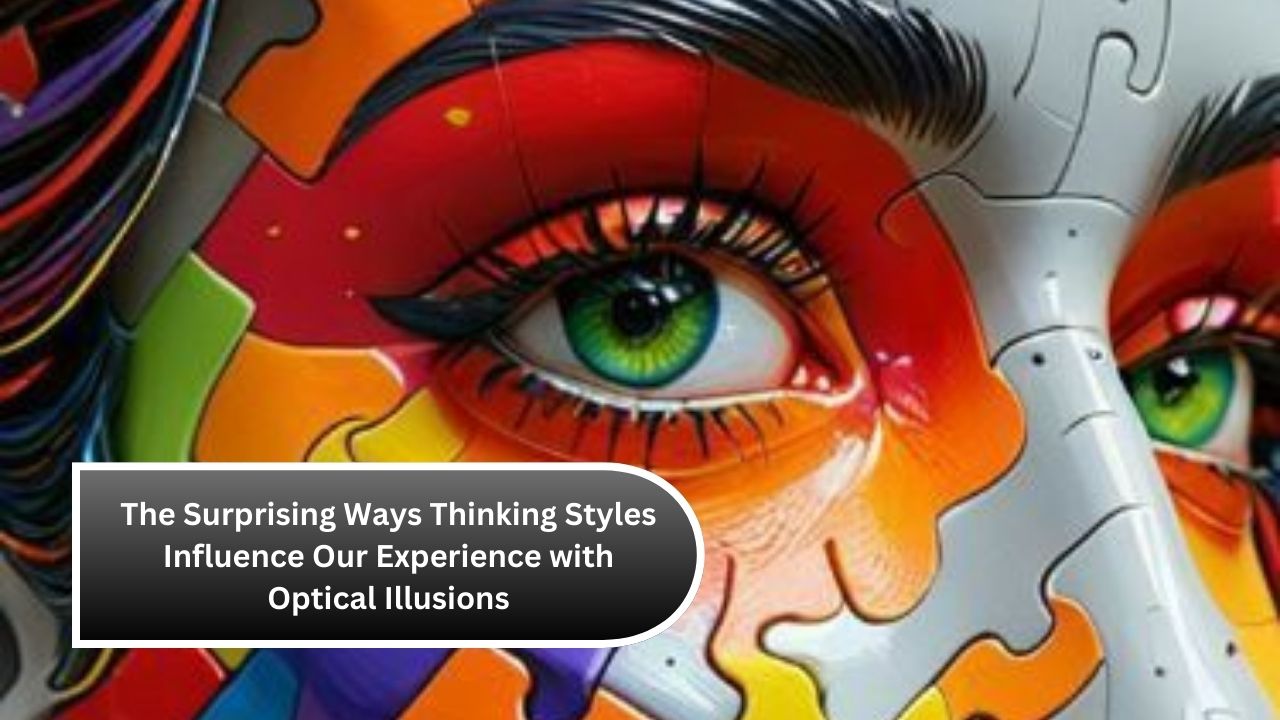Optical illusions are fascinating! They trick our brains into seeing something that isn’t really there. Whether it’s a spinning dancer or a hidden picture, we all experience illusions differently. Have you ever wondered why some people see an illusion one way, and others see it differently? The way we think plays a huge role in how we perceive these tricks. Let’s explore how different thinking styles impact how we experience optical illusions!
Optical illusions are a fun way to explore the mysteries of the brain and show us how we all view the world in our own ways. Whether you’re an analytical thinker or a creative person, there’s no right or wrong way to see an illusion. It’s all about how our minds work!
What Are Optical Illusions?
Optical illusions are images that create a false visual perception. They can make us see things that aren’t true or appear differently than they actually are. For example, some illusions make objects seem to move or change shape, while others play with colors and shadows.
Thinking Styles and Perception
Our thinking style—whether we are more creative, logical, or detailed—can affect how we interpret optical illusions. Some of us may focus on the big picture, while others zoom in on the details. This difference in thinking styles can change how we experience illusions.
Analytical Thinkers vs. Creative Thinkers
Analytical thinkers tend to break things down into parts and look for logical patterns. They might focus on how shapes and lines fit together. Creative thinkers, on the other hand, might see the illusion as a whole and focus on the overall image rather than the details.
- Analytical thinkers may spend time figuring out the trick in an optical illusion, while
- Creative thinkers might simply enjoy the illusion for what it is and notice patterns faster.
Detail-Oriented vs. Big Picture Thinkers
Some people are great at paying attention to the smallest details, while others tend to focus on the bigger picture. When viewing optical illusions:
- Detail-oriented thinkers will notice small parts of the illusion and may even spot hidden shapes or objects.
- Big-picture thinkers are more likely to see the overall effect, like a person in a drawing or a hidden word in a picture.
How Optical Illusions Test Our Brain
Optical illusions often test how our brains process information. Our brains use what we already know to interpret what we see. If we’ve seen certain patterns or shapes before, we might use that information to make sense of an illusion. That’s why one person might see a face in a picture, while another sees something completely different!
Optical illusions are images that create a false visual perception. They can make us see things that aren’t true or appear differently than they actually are. For example, some illusions make objects seem to move or change shape, while others play with colors and shadows.
Conclusion
In conclusion, optical illusions are more than just fun tricks—they reveal how our brains work and how different thinking styles affect what we see. Whether we’re focused on details, patterns, or the big picture, our unique thinking styles shape the way we experience illusions. So next time you look at an optical illusion, think about how your brain is interpreting it differently than someone else’s!
Optical illusions are a fun way to explore the mysteries of the brain and show us how we all view the world in our own ways. Whether you’re an analytical thinker or a creative person, there’s no right or wrong way to see an illusion. It’s all about how our minds work!
VISIT-Covid19uba

